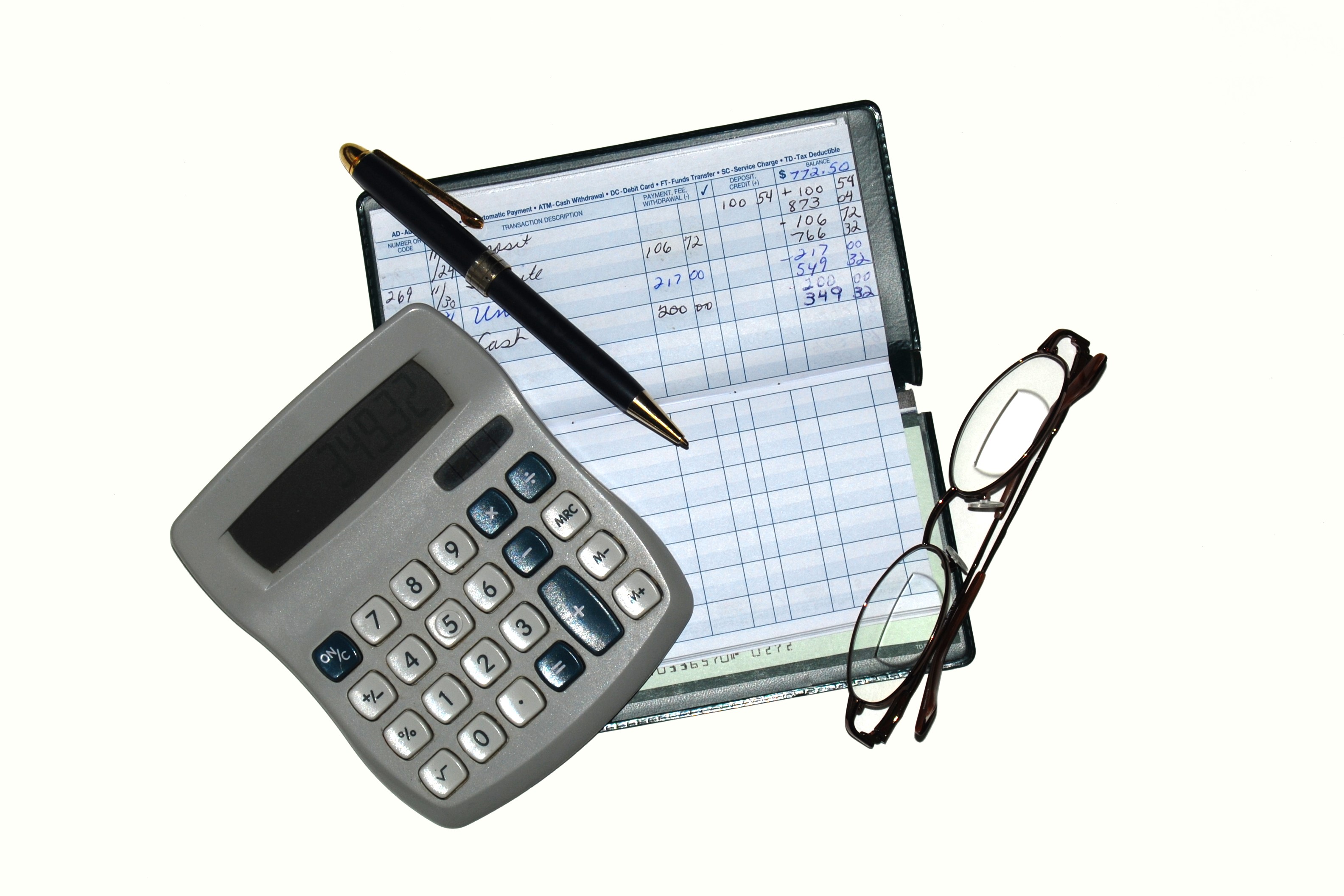Final accounts – an understanding – Key statements
In the Learning & Development group, on the final accounts series, I had explained distinction between two forms of statements of accounts, i.e. income & expenditure account and the receipt & payment account. Also, in our last upload, I had explained managerial vs. financial accounting. I am sharing the URLs below.
- https://faoblog.com/final-accounts-understanding-key-statements-6/
- https://faoblog.com/financial-accounting-vs-managerial-accounting/
After the profit & loss segment, which reflected on the state of operations and results of business activity for a defined period, stakeholders also wish to know and understand what the standing of the business entity is? This is where the Balance Sheet comes into play.
There is a good amount of information on the Balance Sheet, such as:
- A summary of the organization’s assets and the claims against those assets as on a specific date.
- Information about the organization’s current ability to pay its current debts. You can only tell at the moment, for the liabilities that the accounting team has already entered into the financial system. If a large liability were to be incurred tomorrow, the financial picture could shift significantly.
- The information shows how the organization is positioned to keep going with the day to day business operations. For example, the assets listed give you some idea of what you have available right now to keep trying to generate new business (new revenue).
- The Balance Sheet also shows what claim the owners have against the business’ assets. Of course, this is conditional on the other liabilities being satisfied.
So, to summarize this, a balance sheet
- Balance Sheet shows the assets, liabilities and equity of a business at a point in time (as on a particular date)
- It shows the current standing of an organization.
- It communicates how much do the investors of the company own.




Trackbacks/Pingbacks